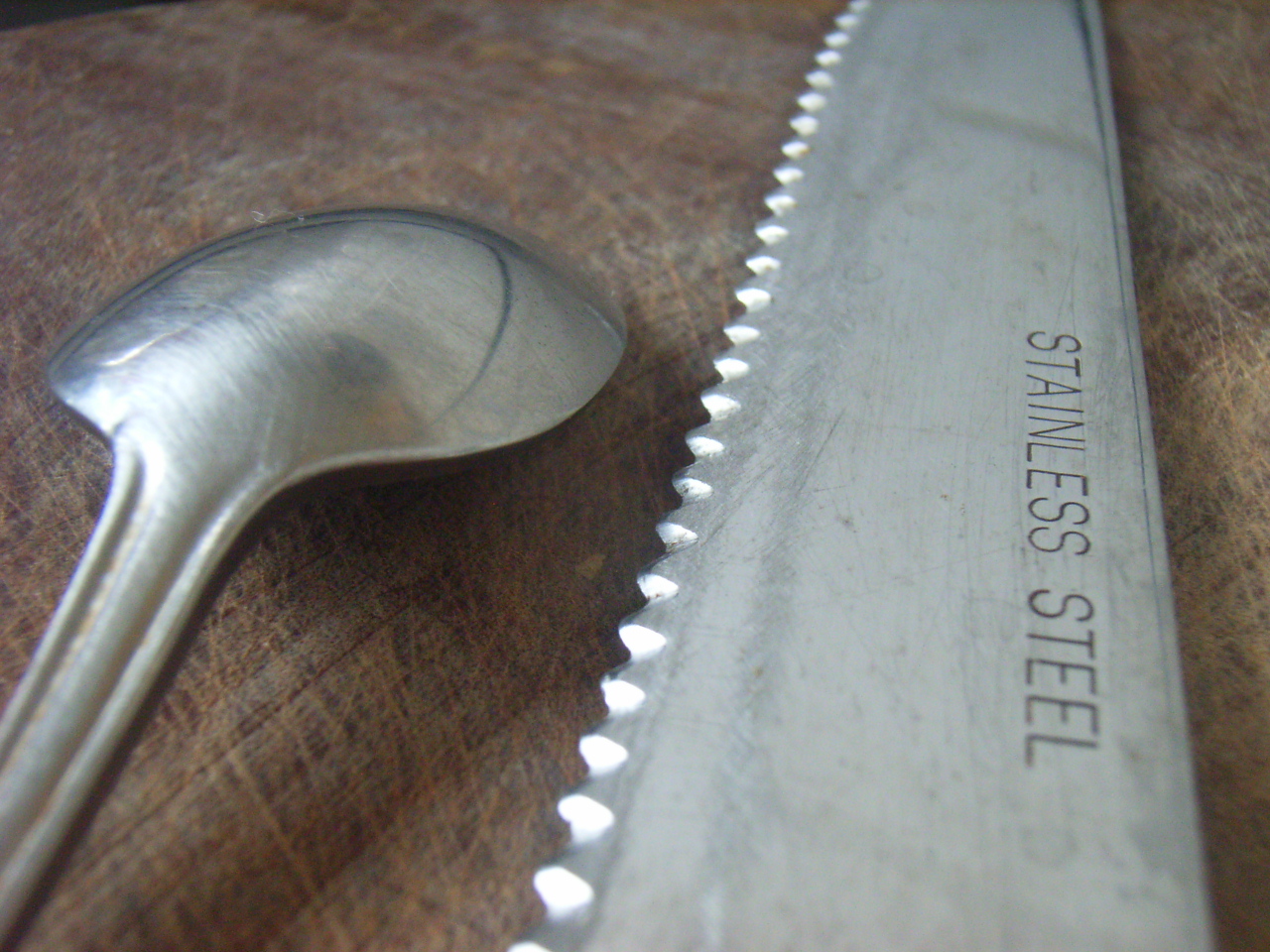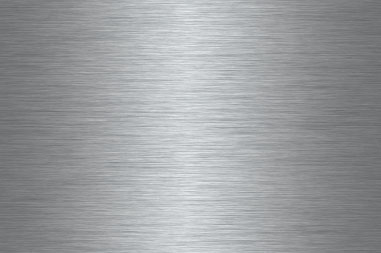Stainless steel
Stainless steel contains chromium together with nickel as alloy and rest is iron. It has been defined as that steel which when correctly heat treated and finished, resists oxidation and corrosive attack from most corrosive media. Stainless steel surface is responsible for corrosion resistance. Minimum chromium content of 12% is required for the film’s formation, and 18% is sufficient to resist the most severe atmospheric corrosive conditions. Their principal alloying element is chromium while some other elements like nickel, manganese etc. can also be present in small amounts. Addition of nickel improves ductility and imparts strength.
Corrosion resistance to stainless steels increases with increase in nickel content against neutral chloride solution and weakly oxidizing acids. Addition of molybdenum improves its resistance to sulphuric, sulphurous and organic acids. Addition of manganese increases hot workability of these steels.
Steels having 15 to 20% Ni and about 0.1 % carbon possesses great strength and toughness and extremely good resistance to corrosion. Such steels are called stainless steels. Another type of stainless steel containing 11 to 14% chromium and about 0.35% carbon is used for cutlery, surgical and dental instruments and other purposes where hard edges are required. Maximum resistance to corrosion is obtained when this steel is ground and polished after heat-treating.
A steel containing 18% chromium and 8% nickel is widely used and is commonly referred to as 18/8 steel. Stainless steel is highly resistance to corrosion and oxidation. It can be classified into three major categories according to the type of micro structures.
General Properties of Stainless Steels
It possesses wide range of strength and hardness, high ductility, formability, high corrosion resistance, good creep resistance, good thermal conductivity, good machinability, good weldability, high hot, cold workability, high resistance to scaling and oxidation at elevated temperatures, excellent surface appearance and finish.
Classification of Stainless Steel
On basis of their structure, stainless steels are classified as follow:
1. Martensitic stainless steels
2. Ferritic stainless steels
3. Austenitic stainless steels.
These types of stainless steel are discussed as under.
Martensitic Stainless Steels
These steels contain 12 to 16% chromium and 0.1 to 1.2 per cent carbon. The structure consists of hard martensite phase after hardening. The general utility chromium stainless steel with 12% chromium and 0.15% carbon are ferromagnetic and air hardening. It is very hard and possesses high strain and high corrosion resistance properties.
Applications
Stainless steels containing 12 to 14% chromium and 0.3% carbon are extensively used for table cutlery, tools and equipments etc. Stainless steels containing 16-18% chromium and 0.2% carbon are used as springs, ball bearing, valves, knife blades and instruments under high temperature and corrosive conditions. These steels are generally used for making utensils, surgical and dental instruments, and springs of high temperature operations, ball valves and toilet seats.
Ferritic Stainless Steels
Ferritic stainless steels are non hardenable and contain 16 to 30% chromium and 0.08 to 0.2 per cent carbon. Structure of these steel consists of ferrite phase which cannot be hardened by heat treatment. They have very low carbon and possess considerable ductility, ability to be worked hot or cold, excellent corrosion resistance and are relatively in expensive. They are always magnetic and retain their basic microstructure up to the melting point.
Applications
These are extensively used for kitchen equipment, diary machinery interior decorative work, automobile trimmings, chemical engineering industry, stainless steel sinks, food containers, refrigerator parts, beer barrels, automobile trimming etc. These are also used as high temperature furnace parts when chromium content is high.
Austenitic Stainless Steel
Addition of substantial quantities of Ni to high Cr alloys gives rise to, austenitic steel. It has good resistance to many acids (even hot or cold nitric acid). Slight amount of W and Mo are added in such steels to increase its strength at elevated temperatures. This steel contains 16 to 24% Cr, 8 to 22% Ni and less than 0.2% C. Addition of nickel stabilizes
austenite, and hence the structure of these steels consists of austenite at room temperature. A steel containing 18% Cr and 8% Ni is very widely used and is commonly referred to as 18/ 8 stainless steel. These steels do not harden by heat treatment but can be rolled hard. These steels possess a brilliant luster when polished. These are highly resistant to many acids even nitric acids. The heat conductivity of steel is low, about 5% that of copper. Tungsten and molybdenum are added to increase the strength at elevated temperatures, silicon and aluminium to improve the resistance to scaling and selenium and sulphur are added to improve machinability. This steel is easily weldable. After welding, it is susceptible to corrosive attack in the area adjacent to the weld.
Applications
It is used for making heat exchangers, conveyors chains, furnaces, spokes, brewery, dairy
and chemical industrial components, cutlery parts, surgical and dental instruments, household appliances such as kitchen utensils, sinks and saucepans. These are also used in making components in power stations, especially in nuclear power stations, steam pipes, boiler tubes, radiator and super heater tubes.
Reference Introduction to basic Manufacturing Processes and Workshop Technology by Rajender Singh.
For engineering project visit this page regularly for know more things related project ideas. Click here to see Ideas of Projects. Engineers Gallery. All the Best!














Post Comment
You must be logged in to post a comment.